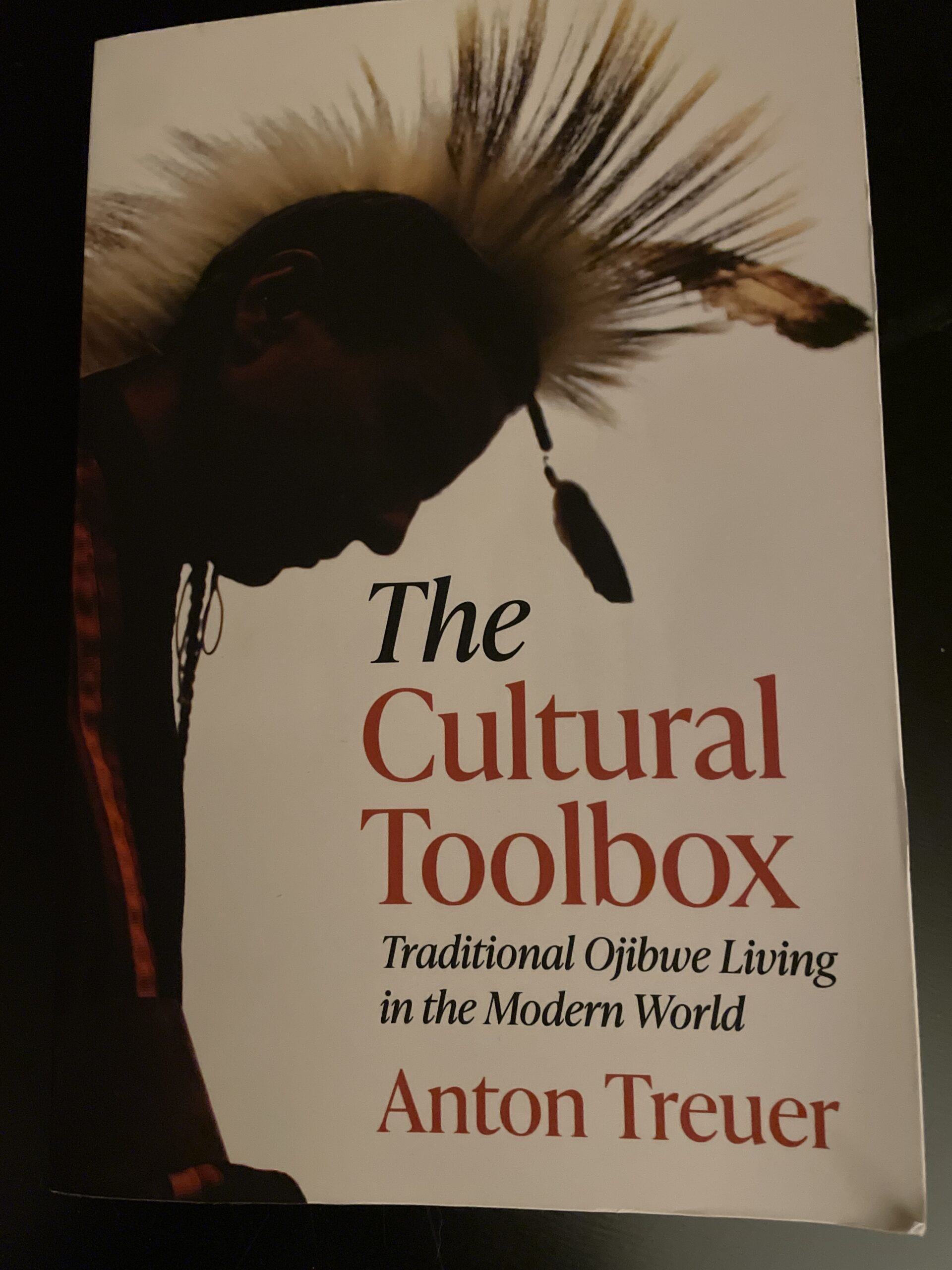The Ojibwe world is full of symbols and metaphors. The circle is probably the most obvious and permeates our world. The cycle of seasons and cardinal points of the compass revolve in a circle. So do the earth, the moon, and the sun. We sit in circles for ceremonial, social, and political occasions. We start our life cycle as dependents, and often by the time we are elders we become dependent again – full circle. We usually start life with no teeth, and a lot of us end up losing them in the end as well. Traffic at ceremonies usually is directed clockwise around the circle just like a natural progression around the cardinal directions from east to south to west north.
The circle is a common metaphor for other Native American groups and many others around the world. People share their cultures. With a native circles, a tribe that has suffered from assimilation is more likely to borrow teachings, ceremonies, and metaphors from a neighboring tribe because those teachings resonate and there aren’t enough cultural resources in the home community to keep the culture of origin intact. When that happens, the more widely available and most easily accessible pan-Indian teachings gain the most traction.
Many Lakota teachings have spread not just throughout the Plains but all over Indian country. There are even white people in Germany trying to do Lakota stuff. Lakota teachings about the medicine wheel, which uses the circle metaphor and integrates teachings about the four seasons, four compass points, and four stages of life, resonate well with Ojibwe cultural teachings. The only problem I have with the medicine wheel is that while it seems to sync with my Ojibwe teachings in many ways, I never once heard my deeply knowledgeable elders use that specific metaphor in Ojibwe ceremonies or space (and I asked a lot of questions of a lot of really knowledgeable folk). In some parts of Ojibwe country, especially Sault Ste. Marie and places east of there, where the missionaries were working the longest, the medicine wheel has been accepted into the Ojibwe culture kit. But in my area and for me, it really hasn’t. There’s nothing wrong with it, but my cultural toolbox is complete without it and there is no void that needs to be filled with Lakota teachings, beautiful though they may be.
Comprehension Questions
1. What is Anton Treuer's perspective on the medicine wheel?
A. All Native American tribes embrace the medicine wheel.
B. Only Lakota people can use the medicine wheel.
C. The medicine wheel comes from the Lakota people. It is a beautiful symbol that many people embrace, but traditionally, it wasn't a part of Ojibwe teachings.
A. It resonates with the cultural teachings of the four seasons, the four directions, and the four stages of life.
B. Medicine wheels are dispersed at ceremonies and gatherings.
C. The wisdom of the medicine wheel is taught at school.
Your Thoughts
Vocabulary
4. List any vocabulary words below.

